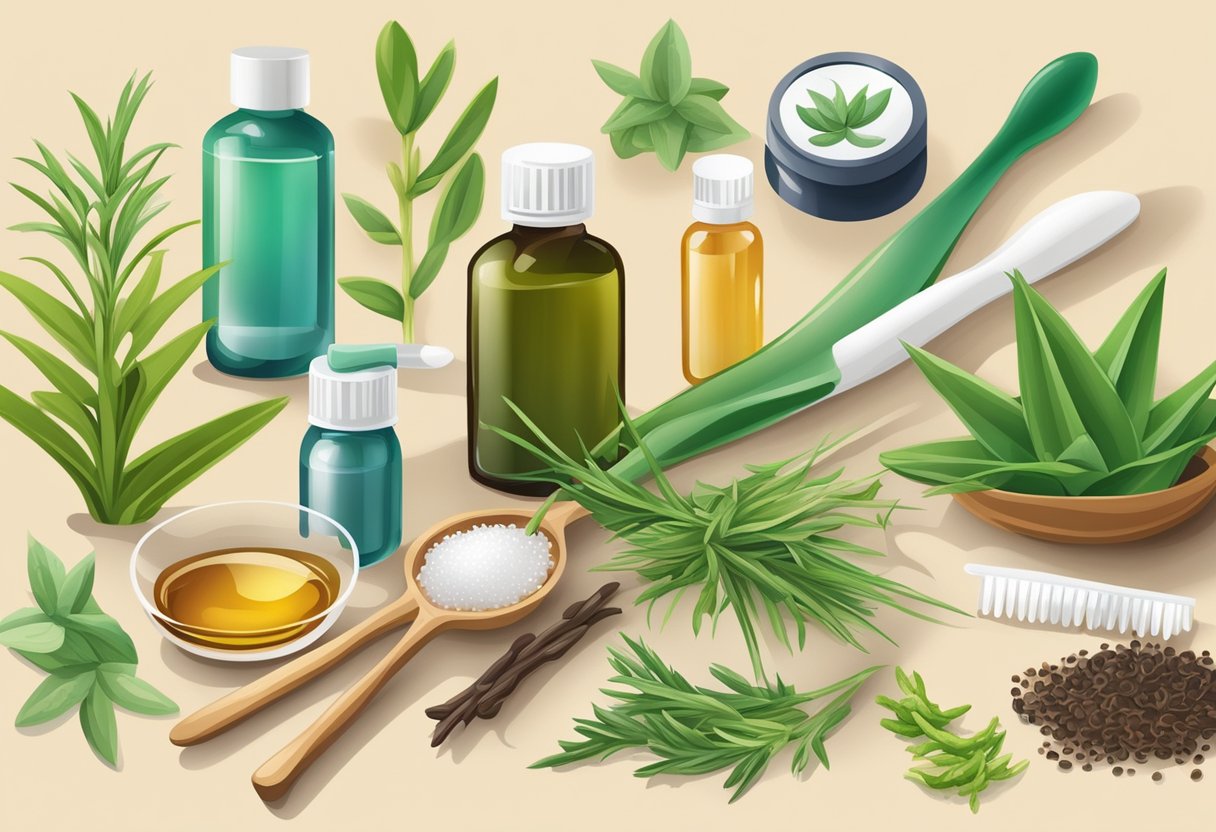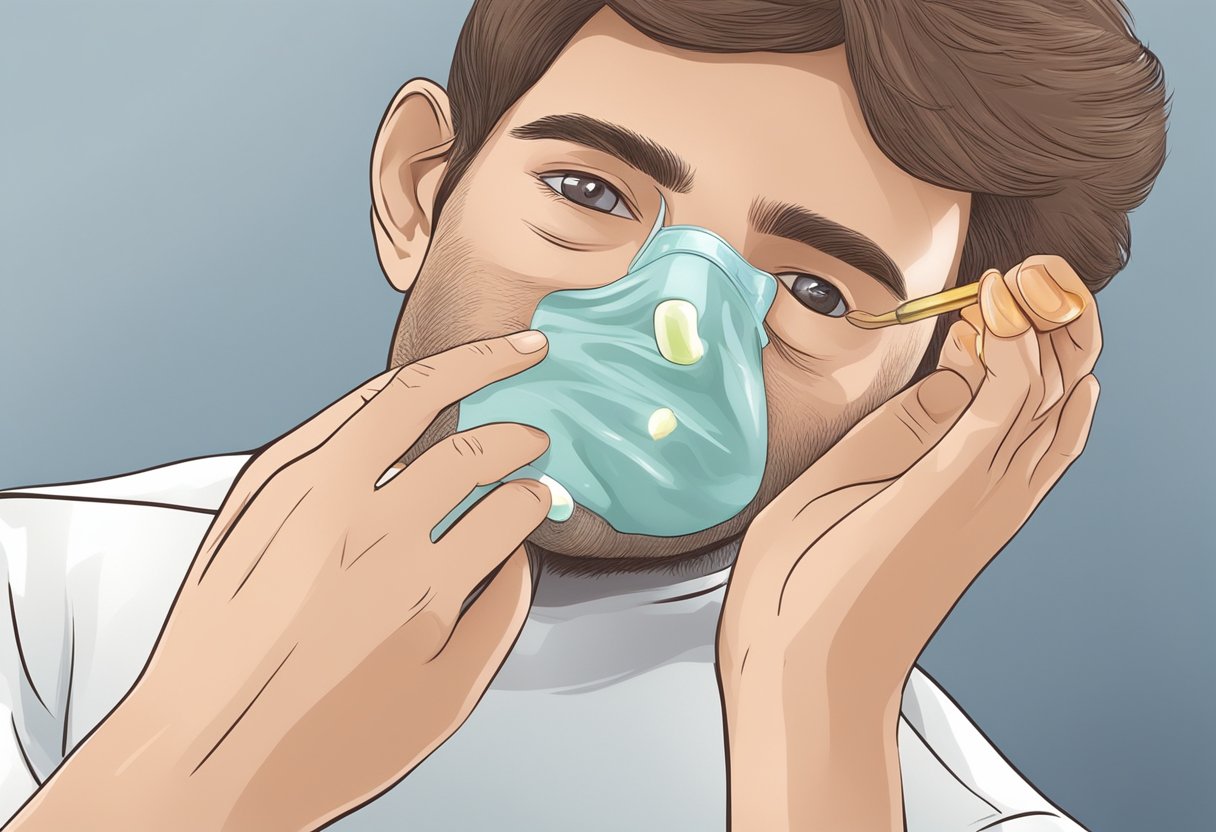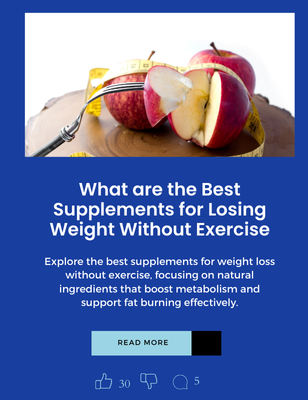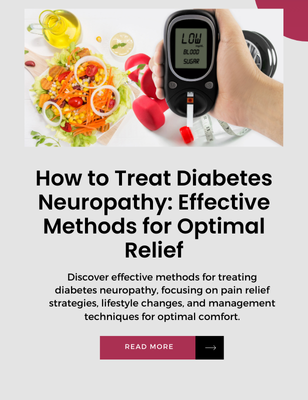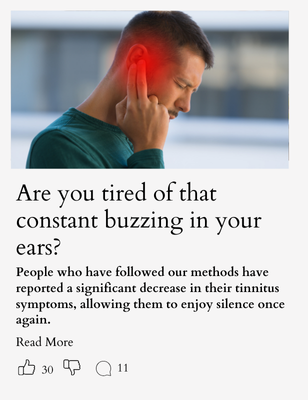Gum disease, also known as periodontal disease, is a prevalent condition that affects many individuals, potentially leading to tooth loss and other health complications if left untended. While professional dental care is fundamental for diagnosing and treating gum disease, several home-based strategies can complement professional care or serve as interim solutions, particularly when visiting a dentist, is not immediately feasible. Maintaining good oral health through daily habits can prevent and even halt the progression of gum disease.
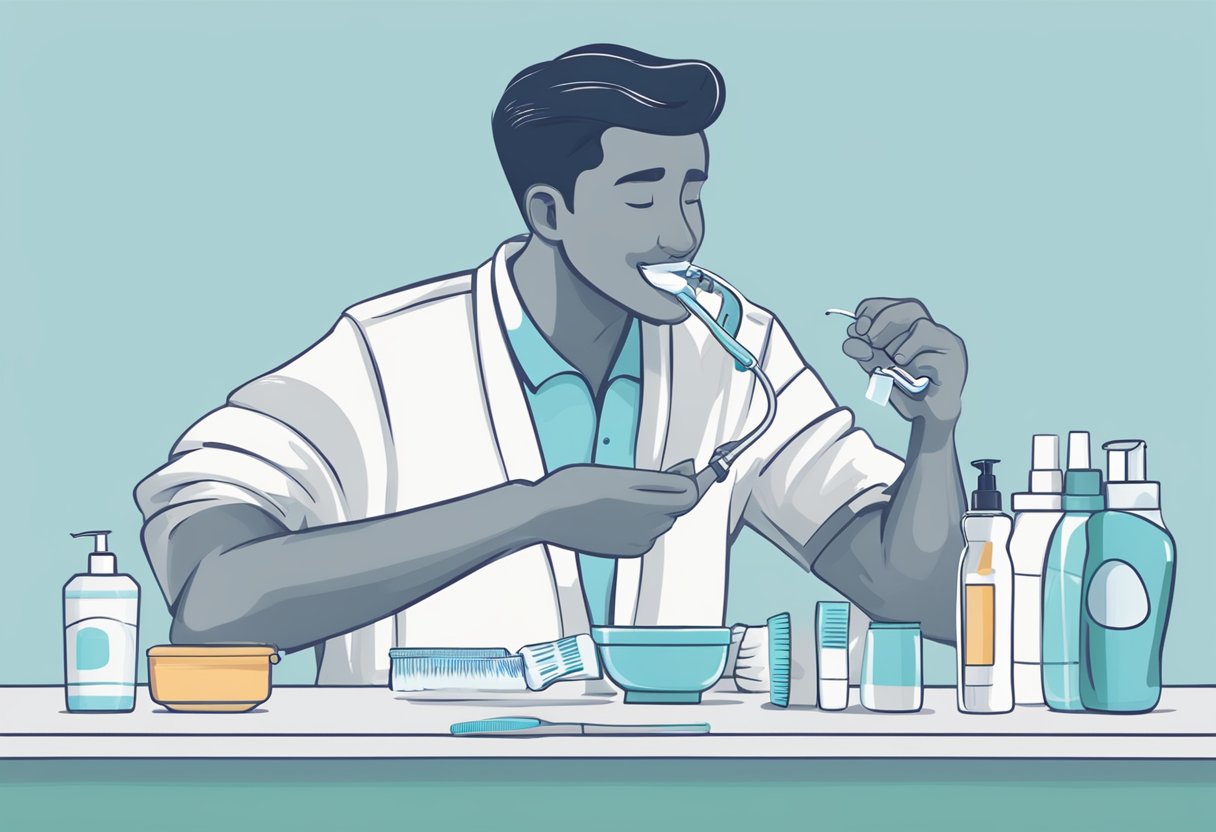
Good oral hygiene practices are the cornerstone of preventing and managing gum disease. Techniques such as proper brushing and flossing are essential in removing plaque, the sticky film of bacteria constantly forming on the teeth. Additionally, incorporating antiseptic mouthwashes can reduce the bacterial load in the mouth, further protecting the gums. Beyond these measures, lifestyle choices, such as a balanced diet rich in vitamins and antioxidants, also play a critical role in enhancing gum health. Early detection and consistent home monitoring of any changes in gum condition are crucial steps to address gum disease effectively.
Key Takeaways
- Maintaining thorough daily oral hygiene is vital in combating gum disease.
- A nutritious diet and healthy lifestyle choices bolster gum health.
- Regular monitoring and early intervention are crucial to managing oral health.
Understanding Gum Disease
Gum disease, or periodontal disease, commonly affects the tissues surrounding and supporting the teeth. It is typically caused by a buildup of bacteria in plaque, which is a sticky film that continually forms on teeth. When not removed, plaque can harden into tartar, further exacerbating the condition.
The early stage of gum disease is called gingivitis and is characterized by inflammation of the gums, leading to redness, swelling, and often, bleeding during brushing and flossing. At this stage, damage can be reversed since the bone and tissue holding the teeth in place are not yet affected.
If left untreated, gingivitis can progress to periodontitis. This more severe stage of gum disease involves the inner layer of gum and bone pulling away from the teeth and forming pockets. These small spaces between teeth and gums collect debris and can become infected. The body’s immune system fights the bacteria as the plaque spreads and grows below the gum line.
Symptoms of periodontitis include persistent bad breath, loose teeth, changes in how teeth fit together when biting, and gums that are receded or pulled away from the teeth. Immediate dental intervention is crucial to prevent permanent damage, including tooth loss.
Treating gum disease involves professional cleaning to remove plaque and tartar and good oral hygiene practices, including regular brushing and flossing. In advanced stages, surgical procedures might be necessary to restore tissue and bone destroyed by periodontitis.
Proper Brushing Techniques
One must adopt proper brushing techniques to maintain oral health and prevent gum disease. These techniques include the selection of an appropriate toothbrush and adhering to recommended brushing duration and frequency.
Choosing the Right Toothbrush
When selecting a toothbrush, individuals should look for one with soft bristles to avoid gum damage. The brush should fit comfortably in the hand, and the head should be small enough to easily reach all areas of the mouth. Nowadays, many people opt for electric toothbrushes as they can effectively reduce plaque and gingivitis.
Brushing Duration and Frequency
Dental professionals agree that brushing should last at least two minutes twice daily. This time frame is crucial for thorough cleaning. Using fluoride toothpaste is recommended to remove plaque and strengthen tooth enamel. Brushing should encompass all surfaces of the teeth, including the outer, inner, and biting surfaces, as well as the gum line.
The Role of Flossing
Flossing is an essential part of oral hygiene that helps to remove plaque and food particles from spaces between the teeth where a toothbrush may not reach effectively. Regular interdental cleaning with dental floss can prevent the buildup of tartar, which is hardened plaque that can lead to gum disease if not addressed.
Types of Dental Floss
Various types of dental floss are available to cater to different preferences and needs.
- Waxed floss is coated with a thin layer of wax, making it easier to slide between closely spaced teeth.
- Unwaxed floss does not have this coating and can benefit those who want to avoid wax or have more expansive spaces between their teeth.
- Dental tape is a broader and flatter floss designed for those with gaps between their teeth.
- Water flossers offer an alternative to traditional string floss and use water to clean between the teeth.
Choosing the correct type of floss is essential for both comfort and effectiveness in maintaining oral health.
Flossing Methodology
Proper flossing technique is crucial for the effectiveness of interdental cleaning. Here is a step-by-step method to ensure thorough flossing:
- Cut off about 18 inches of floss and wind most of it around one finger of each hand.
- Hold the floss tightly between the thumbs and forefingers, with about 1-2 inches of floss between them.
- Gently slide the floss between the teeth with a zigzag motion and curve it into a ‘C’ shape against one tooth.
- Slide it beneath the gumline and gently move it up and down, cleaning the side of each tooth.
- Repeat this process for each tooth, including the back side of the last teeth, using a clean section of floss each time.
Regular flossing using the correct method can significantly reduce the risk of gum disease and improve overall dental health.
Antiseptic Mouthwashes and Rinses
Antiseptic mouthwashes play a crucial role in oral health by killing bacteria and improving symptoms of gum disease. These solutions come in various forms, from commercial products containing active ingredients like chlorhexidine to homemade rinses that utilize natural antiseptics.
Homemade Mouthwash Options
Homemade mouthwashes can be both practical and economical choices for managing gum health. Saltwater rinse is perhaps the most straightforward and accessible option, significantly reducing bacteria and alleviating swollen gums. To create this rinse, dissolve half a teaspoon of salt in a cup of warm water. Other natural mouthwashes include:
- Lemongrass oil mouthwash: A study found that lemongrass oil was as effective as traditional chlorhexidine. Use just two to three drops in a cup of water.
- Tea tree oil mouthwash: Known for its antibacterial properties, it can reduce gum bleeding. Dilute a drop in a cup of water.
- Sage mouthwash: Sage’s natural antimicrobial effects help with oral health. Boil a handful of sage in water, then strain for a comforting rinse.
- Guava leaf mouthwash: Guava leaves have antimicrobial and anti-inflammatory properties, making a decoction of boiled leaves in water an effective gum disease remedy.
For those who favor natural solutions, these homemade mouthwashes provide day-to-day preventive care, but it’s essential to note they aren’t stand-alone cures for gum diseases.
Commercial Mouthwash Benefits
On the market, mouthwashes designed for gum disease contain various active ingredients that target oral bacteria. A prime example is chlorhexidine, an antimicrobial chemical often prescribed for gum infections due to its effectiveness in reducing plaque. Chlorhexidine mouthwashes are considered the gold standard in dental care, but they are usually meant for short-term use due to potential side effects like tooth staining.
With myriad options available, it’s critical for individuals to choose a commercial mouthwash that fits their specific needs and to follow the usage directions to maximize the benefits and minimize risks. Commercial mouthwashes may also include ingredients for plaque control and breath freshening, which can contribute to an oral health regimen.
Natural Remedies for Gum Health
Two critical approaches stand out in exploring natural remedies for gum health: oil-pulling practices and herbal treatments. They are rooted in traditional methods and can be performed with everyday household items. It is essential to understand that while these methods may contribute to oral hygiene, they are supplemental and do not replace professional dental care.
Oil Pulling Practices
Oil pulling is an ancient practice involving swishing oil in the mouth for a period to support oral hygiene. The most commonly used oil for this purpose is coconut oil due to its antibacterial properties. Place a tablespoon of coconut oil in the mouth and swish for about 15-20 minutes to practice oil pulling. Once completed, the oil, believed to have absorbed toxins, should be spat out. This method can reduce harmful bacteria and plaque in the mouth.
Herbal Treatments
Herbal remedies have been used for centuries to promote healthy gums. Salt water rinses, made by dissolving a teaspoon of salt in a cup of warm water, can soothe inflamed gums. Aloe vera, known for its anti-inflammatory properties, can be applied to the gums to aid healing. Additionally, drinking green tea contains antioxidants that may reduce inflammation and improve the health of the gums. Finally, rinses made from herbal extracts, like neem or tea tree oil, may also support gum health due to their antimicrobial properties. However, one should be cautious and consult with a healthcare provider before using herbal concoctions, especially if one has preexisting health conditions or is taking medications.
Dietary Considerations for Gum Health
When prioritizing gum health, individuals should consider dietary choices that support dental well-being. Reducing the intake of sugars, which can fuel the growth of harmful bacteria in the mouth, is essential. It reduces the risk of gum disease by limiting the bacteria’s ability to produce acid that irritates gum tissue.
A nourishing, balanced diet rich in antioxidants can bolster gum health. Antioxidants fight against the cellular damage caused by toxins, strengthening the body’s ability to repair tissues, including those in the gums.
Incorporating specific nutrients can make a significant impact:
- Vitamin C: Enhances gum health by supporting the soft tissue and preventing gingivitis, the early stage of gum disease.
- Coenzyme Q10 (CoQ10): Touted for its role in cell function, people with sufficient levels of it are less likely to have gum disease.
Key Nutrients and Food Sources
| Nutrient | Food Sources |
|---|---|
| Vitamin C | Citrus fruits, strawberries, kiwi |
| CoQ10 | Organ meats, oily fish, whole grains |
Including foods with anti-inflammatory properties, such as those rich in omega-3 fatty acids, can further protect gums from inflammation and disease.
Regularly consuming a diet with adequate hydration, minimally processed foods, and rich in whole foods supports overall health and is a strong defense against gum disease. Maintaining good oral hygiene habits, in addition to diet, is fundamental to preventing and managing gum health issues.
Lifestyle Adjustments and Oral Care
Oral Care: Consistent and proper oral care is crucial in preventing and managing gum disease. Individuals should brush their teeth at least twice daily and floss regularly to remove plaque and food particles from between teeth and along the gum line.
- Brushing: Use a fluoride toothpaste and a soft-bristled toothbrush.
- Flossing: Gently clean between the teeth and gums daily.
- Mouthwash: An antibacterial mouthwash can help reduce plaque and gingivitis.
Smoking: Smoking is a significant risk factor for developing gum disease. It weakens the immune system, making it harder for the body to fight infections that attack the gums. Quitting smoking can significantly improve oral health outcomes.
Stress: High-stress levels can affect the body’s immune response, potentially leading to an increased vulnerability to infections like gum disease. Managing stress through meditation, exercise, or counseling can bolster the immune system’s ability to combat oral infections.
Sleep: Adequate sleep is essential for overall health and aids the body’s ability to repair and fight infections. Ensuring sufficient and restful sleep is part of a holistic approach to preventing and managing gum disease.
Prevention: The cornerstone of fighting gum disease lies in preventative measures. Regular dental check-ups, even when not experiencing symptoms, can catch early signs of illness. Dietary choices also play a role; a balanced diet rich in nutrients can support oral health and reduce inflammation.
Early Detection and Home Monitoring
In managing gum disease, recognizing it early and monitoring it at home is essential. Addressing symptoms quickly may prevent progression to more severe conditions, and home monitoring is a defense against worsening gum disease.
Recognizing Early Symptoms
Bleeding gums are often the first sign of gum disease. One should be alert if gums bleed during brushing or flossing. Gum recession, where the gums pull away from the teeth, is another early indication of potential gum issues. This can be identified by noticing changes in how teeth appear or feel or if teeth become sensitive, especially near the gumline.
Tools for Home Monitoring
One can use a combination of visual examination and specific dental tools to monitor gum health effectively. The following are recommended:
- Dental mirror: Helps observe hard-to-see areas for signs of redness or swelling.
- Plaque-disclosing tablets: These can be chewed to make plaque visible, indicating areas that require more thorough cleaning.
- Measuring probe: With caution, one might use a search to check for gum pockets gently. However, this tool is best used by a professional.
Proper use of these tools, along with regular brushing and flossing, can aid in maintaining oral health and monitoring any changes that warrant professional attention.
Advanced Home Care Techniques
Oral Irrigation: Individuals often utilize oral irrigators to cleanse the spaces between their teeth and gums, removing debris and reducing the chance of tartar buildup. These devices can reach below the gumline, enhancing the effects of regular brushing and flossing.
- Tongue Scraping: Bacteria on the tongue can contribute to gum disease. Regular use of a tongue scraper can remove bacteria that brushing alone might cause, helping to maintain a healthier oral environment.
Technique for Daily Cleaning:
- Brush teeth twice daily with fluoride toothpaste using a soft-bristle toothbrush.
- Employ floss or interdental cleaners to remove plaque from between the teeth.
- Practice consistent tongue scraping to reduce bacterial growth on the tongue’s surface.
Effective Scaling at Home:
While professional scaling is recommended to remove tartar buildup, there are advanced tools available for home care that one can use cautiously:
- Use a dental scaler with care to gently scrape visible tartar from teeth.
- Be mindful not to injure gums or tooth enamel during use.
Table of Advanced Techniques:
| Technique | Purpose | Frequency |
|---|---|---|
| Oral Irrigation | To cleanse below the gum line and between teeth | Daily, as needed |
| Tongue Scraping | To remove bacteria build-up from the tongue | Daily |
| Scaling Tools | To carefully remove tartar buildup from the tooth surface (cautiously) | Occasionally |
Note: These advanced techniques supplement routine dental check-ups and professional cleanings. Individuals should not replace professional care with home care alone, especially if signs of gum disease are present.
When to Consult a Professional
While some home remedies may temporarily relieve gum issues, recognizing when these measures are insufficient is critical. Individuals must know when to seek professional dental care to prevent further damage and restore oral health.
Identifying Progressive Symptoms
- Swollen or Bleeding Gums: If gums bleed during brushing or flossing, this is a sign of potential gum disease.
- Persistent Bad Breath: Ongoing halitosis may indicate the presence of periodontal disease.
- Gum Recession: Gums pulling away from teeth can expose tooth roots and lead to severe conditions.
- Loose Teeth: A sign that the supportive structures of the teeth might be compromised.
Benefits of Professional Assessment
- Comprehensive Dental Exam: Only a qualified dentist or periodontist can perform a comprehensive exam to diagnose gum disease accurately.
- Thorough Dental Cleanings: Professional cleanings by a dental hygienist remove plaque and tartar that cannot be cleared by regular brushing and flossing alone.
Professional Treatment Description Scaling and Root Planing Deep-cleaning procedures that remove tartar buildup beneath the gum line. Dental Hygiene Education Guidance on proper brushing and flossing techniques.
Catching gum disease early typically makes treatment more effective. When home remedies do not improve symptoms or worsen, scheduling a visit with a dental professional is necessary to prevent progression and protect one’s dental hygiene. A professional assessment ensures accurate diagnosis and comprehensive care to address periodontal issues effectively.
Understanding Related Health Risks
Gum disease, if left unattended, can lead to more than oral discomfort and tooth loss. Awareness of the potential health complications associated with periodontal problems is crucial. Research suggests a link between periodontal diseases and other severe health conditions.
Significant Health Risks Include:
- Heart Disease: Individuals with gum disease may be at an increased risk for heart disease and have doubled the chance of experiencing a heart attack.
- Stroke: There is also a notable association between gum disease and stroke.
- Diabetes: Those with diabetes are more susceptible to developing infections, including gum disease.
Concerning cancer studies have found a potential relationship between periodontal disease and certain types of cancer, including pancreatic and kidney cancer. The mechanism of this association isn’t fully understood, but it is thought that inflammation plays a significant role.
An unchecked infection in the tooth can lead to an abscess, a collection of pus that can be pretty painful and can cause a range of complications if the infection spreads.
Additional Oral Health Complications:
- Tooth Decay: Gum disease can expose the roots of your teeth to bacteria, increasing the risk of tooth decay.
- Persistent bad breath and receding gums can also indicate gum disease and should not be ignored.
Prompt treatment and good oral hygiene prevent these risks and maintain overall health.
Frequently Asked Questions
This section addresses common concerns about managing gum disease at home, offering practical advice and highlighting effective natural and over-the-counter options.
What natural remedies can help with gum disease and loose teeth?
Natural remedies like coconut oil to rinse your mouth can benefit gum health. Applying aloe vera gel straight to the affected area may also help with gum disease and loose teeth.
How can I quickly eliminate a gum infection at home?
To quickly address a gum infection, performing saltwater rinses several times daily can reduce bacteria. Ensuring rigorous oral hygiene, such as brushing gently but thoroughly and flossing, is also critical.
Is it possible to reverse gingivitis in a week, and if so, how?
While severe cases require more time, early-stage gingivitis can often be reversed within a week with diligent dental care. This includes regular brushing, antiseptic mouthwash, and flossing to remove plaque and bacteria.
Which over-the-counter treatments are effective for gum infections?
Over-the-counter treatments like antimicrobial mouthwashes and toothpaste designed for gum health can be effective. One should look for products containing fluoride and other agents that target bacteria associated with gum infections.
What are some ways to combat gum disease without using antibiotics?
Combating gum disease without antibiotics involves improving daily oral care, drinking green tea, and increasing Vitamin C intake to boost gums’ health. Regular brushing and flossing are indispensable for removing plaque, the primary cause of gum disease.
Can periodontal disease be treated successfully at home, and what steps should be taken?
While periodontal disease often requires professional treatment, initial steps at home include strict oral hygiene and lifestyle changes such as quitting smoking. At-home therapies focus on reducing inflammation, such as rinsing with salt water, improved dental care, and possibly applying natural anti-inflammatory agents.


